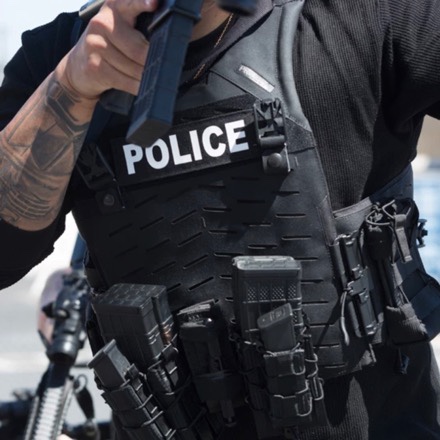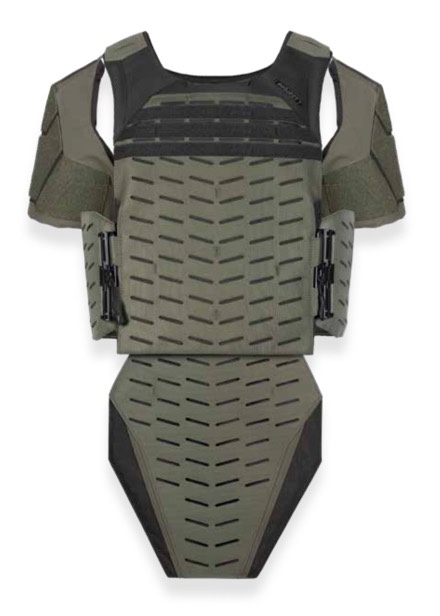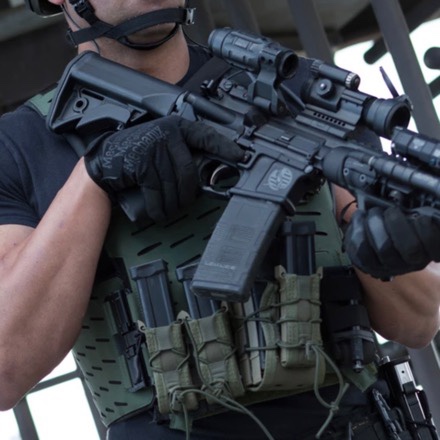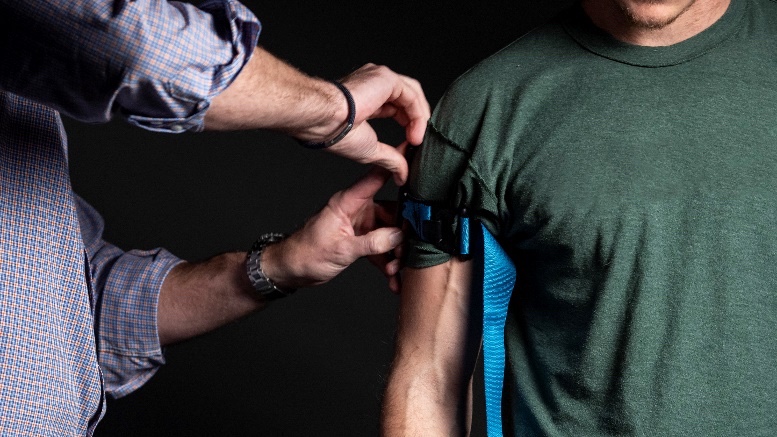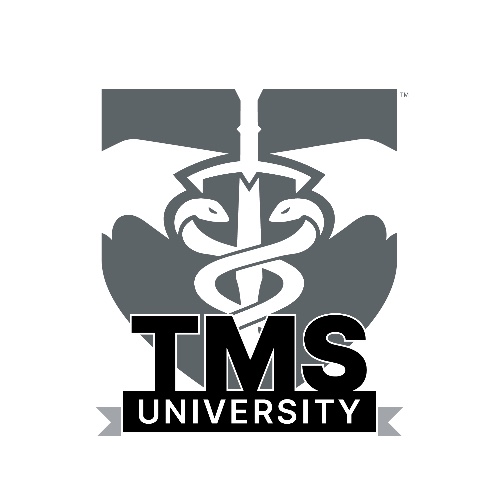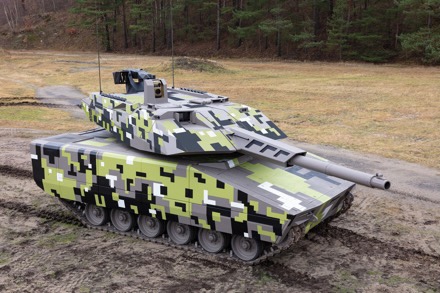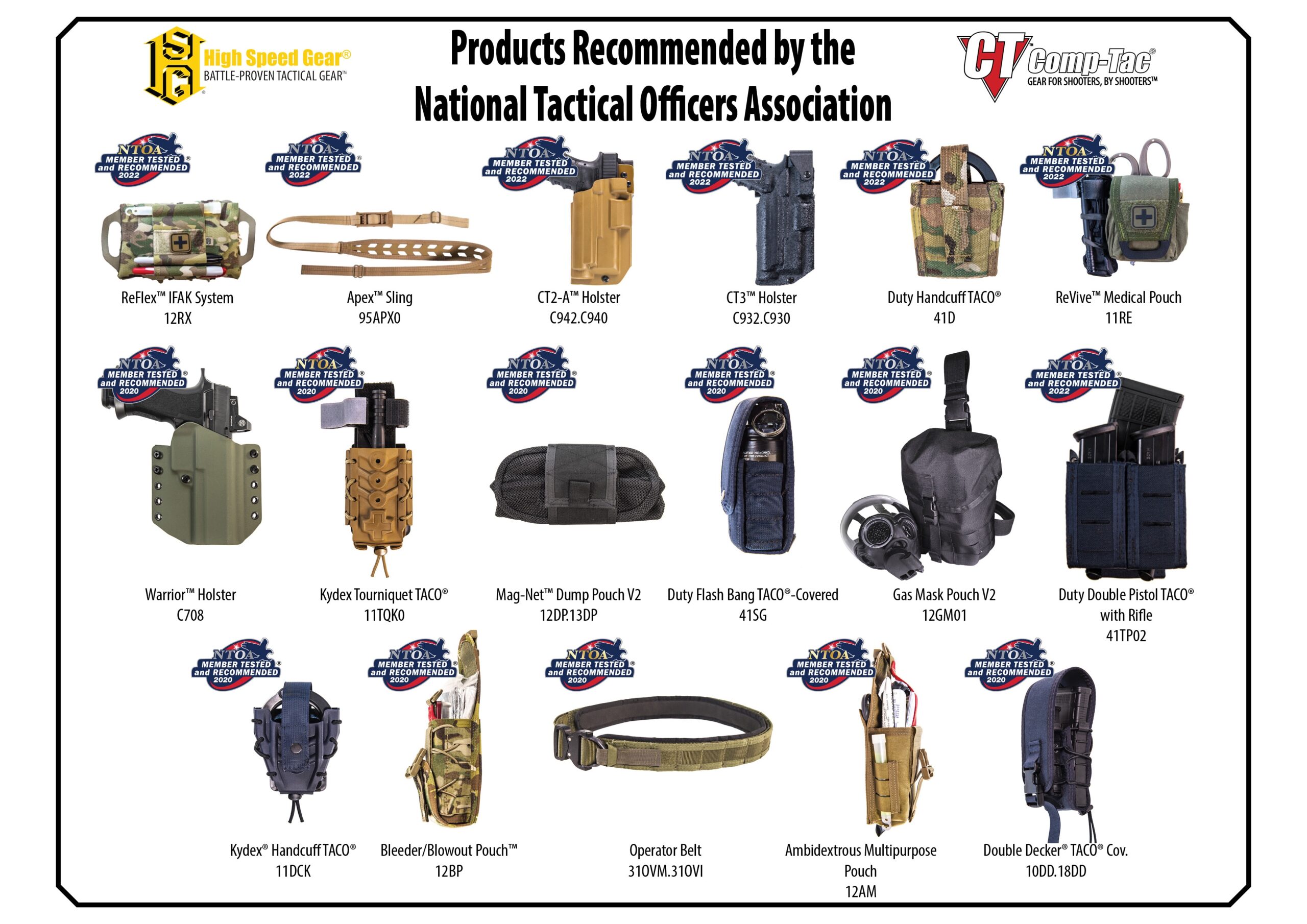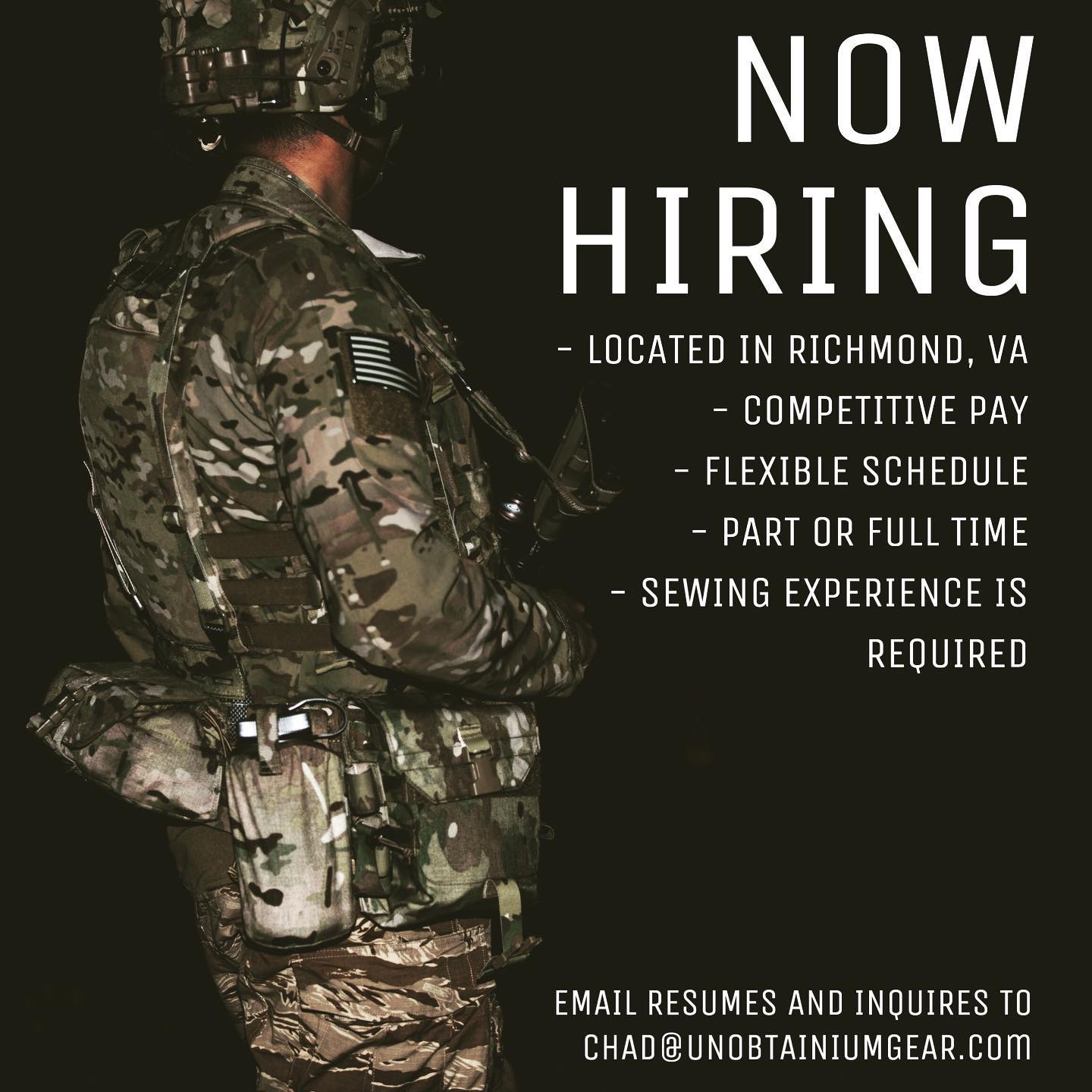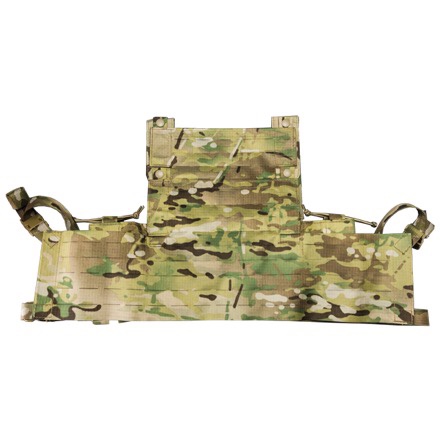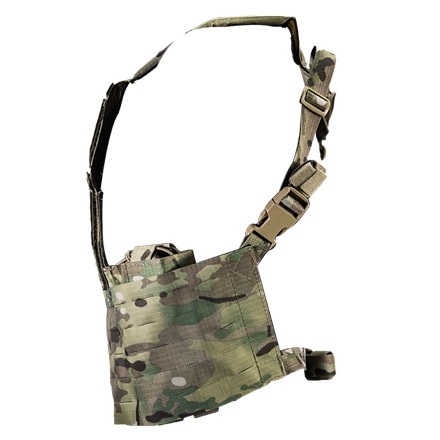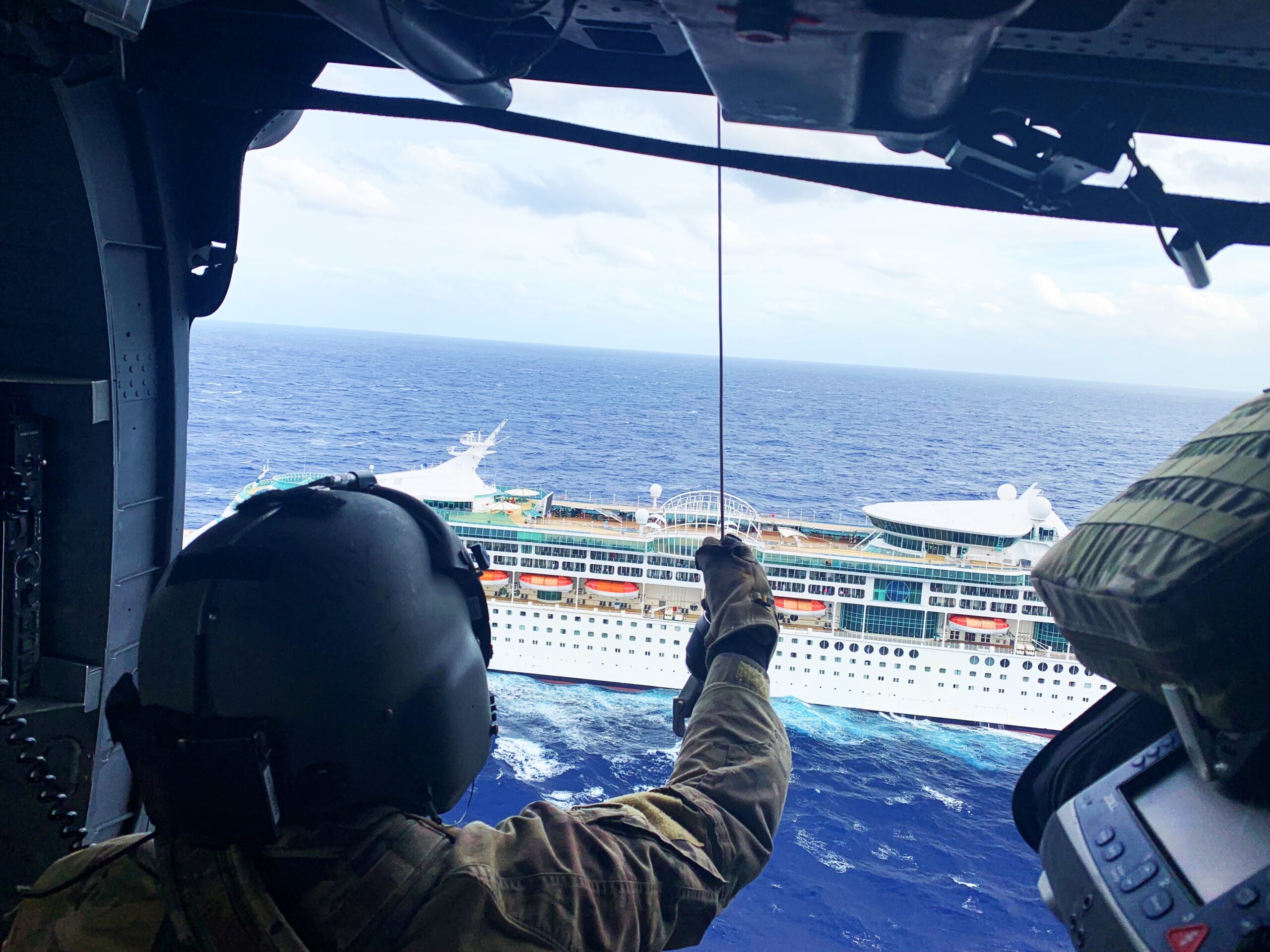
PATRICK SPACE FORCE BASE, Fla. (AFNS) —
The Air Force Reserve Command’s 920th Rescue Wing conducted a multi-person medical airlift in support of a critically-injured person aboard a cruise ship 600 nautical miles off the coast of Florida, Feb. 15.
The 920th RQW launched two of its HH-60G Pave Hawk helicopters, two HC-130J Combat King II aircraft, and a team of pararescuemen within three hours of notification to rendezvous with the ship and transport a patient and ship’s nurse to a Florida hospital.
“The combined capabilities of our special mission personnel and aircraft permitted us to provide immediate support,” said Col. Brian Diehl, 920th Operations Group commander. “Our constant planning and preparation allowed both operations and maintenance teams to shift rapidly from a normal training day to successful completion of this mission with very little notice.”
In contact with the Air Force Rescue Coordination Center at Tyndall Air Force Base, the team executed the airlift under Defense Support of Civil Authorities. DSCA is the process by which United States military assets and personnel can be used to assist civil authorities during emergencies and other specific events.
Reaching the ship’s remote location required three aerial refuelings en route, provided by one HC-130J, while the second Combat King II performed double duty as a spare tanker and went directly to the vessel to initiate coordination from the air.
Once at the location, and under the command of the 920th RQW’s 301st Rescue Squadron, the HH-60s took control, examined the ship and conditions to position successfully from the air, insert two pararescuemen who were hoisted down, and immediately began preparing the patient and ship’s nurse for the emergency transport. Once prepared, the PJs, pilots, and special mission aviators worked in concert to hoist them into the helicopter, where the patient was stabilized while en route to a Florida hospital.
The entire extraction took less than four minutes.
“High seas, strong winds, and a ship going 10 knots added a lot of dynamics to this rescue as we worked on getting these people up into the aircraft, but this is what we train for” said a 301st RQS pilot. “When they say that there is a real-world rescue to execute, our focus is on saving lives.”
The 920th Maintenance Group generated six aircraft and ensured they were crew-ready in less than one hour. This feat required inspecting, fueling, and configuring the aircraft for the mission while executing other aircraft maintenance requirements.
“Much like our wing exercises that simulate Indo-Pacific region travel over long distances of water in a short period of time, our training and preparation allow us to ensure aircraft are ready for real-world events at a moment’s notice and shows the importance of getting aircraft back to flight line 100% ready for any contingency at any time,” said Lt. Col. George Cole, 920th Maintenance Group commander.
The rescue mission covered just under 1,100 miles round trip over open ocean and completed in eight hours.
Based at Patrick Space Force Base, the 920th RQW is AFRC’s only combat search and rescue wing. Its primary mission is to plan, lead, and conduct military rescue operations and missions to deny competitors and adversaries’ exploitation of isolated personnel.
By Lt Col Ian Phillips, 920th Rescue Wing Public Affairs
